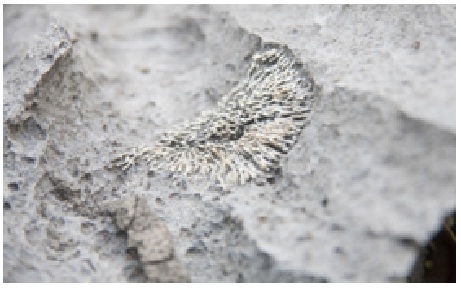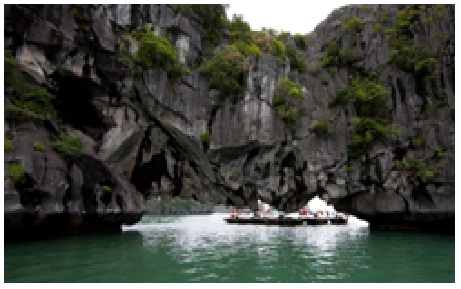Ha Long Bay’s values: Geological – Geomorphological value
The geological history of Ha Long bay area spans for about 3 billion years and is scientifically recorded for 500 million years. Evidence of geological evolution and tectonic movement, including fault zones, geodesy, geysers, basins, and formations that marked dramatic changes in paleo-geographical conditions in the area. Halong Bay has experienced many periods of marine transgression-regression, thus it contains precious values to the Anthropocene and marine geology.

The geodiversity of Ha Long Bay is diverse in terms of sediment composition; geomorphology, structure and geological evolution; The richness of the ancient and modern sediments with the particular historic geologic periods has created a variety of topography, geomorphology and natural landscapes.
Ha Long Bay’s geological-geomorphological outstanding universal values are recognized because this is an extensive and best-known example of marine-invaded tower karst being experienced many periods of marine transgression-regression. The combination of elements such as thick limestone (as thick as 1000 m), hot, humid climate and slow tectonic uplift with full phases of a modern marine cycle have created an excellent karst pattern of large-scale limestone known as a wonderful geological wonder.

Ha Long Bay’s karst geomorphology includes almost all basic karst form, such as karst field, peak cluster-depression, landforms with sharp peak sinter-connected with each other to surround isotropic. The period of sea invading in late Pleistocene and late Holocene have been directly involved in the karst process in Ha Long, creating particular kart forms, such as sea notch and foot caves. Sea also invaded closed, rounded karst poljes to become saltwater lake or “tùng”, “áng”. Caves in Ha Long bay divided into 3 types: remnants of phreatic caves; old karst foot caves, and marine notch caves.
Ha Long bay is also a place of geological aspects that are valuable for scientific research, such as fossils, crystalline mineral masses in rock, folds, clusters on cliffs, slides and brecciate of the tectonic fault, karst topography and modern marine terrain, and sea notches, which are all evidences of ancient sea level.
Ha Long bay’s geological – geomorphological outstanding universal values should be fully studied preserved for future generations.



Tabulate coral colonies fossil being Early Carboniferous (about 359- 318 million years ago)

Sea notches deeply incise into the limestone scarps in Ha Long in low tide
(Photo: Department of Ha Long Bay Management)

